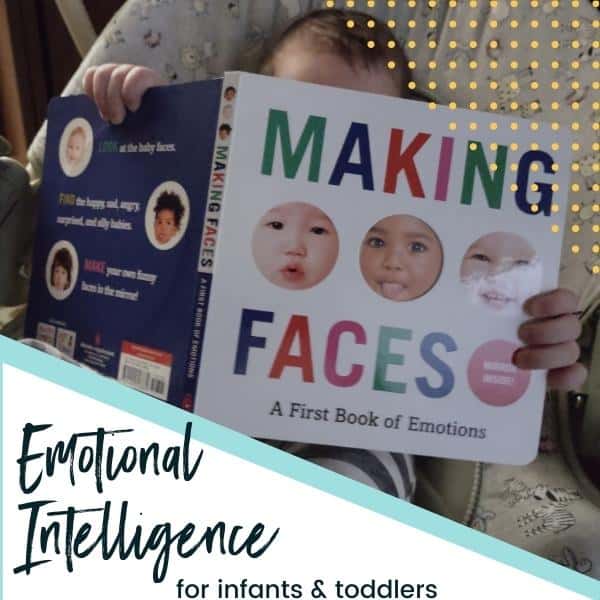Zoo Picture Puzzle Book Review || Visual Learning with Search & Find
This post may contain affiliate links, which means I may receive compensation if you make a purchase using one of these links.
Children learn with their senses, and visual perception is a skill to be developed. Here’s what we thought of the Usborne Zoo Picture Puzzle Book.
Our family adores Usborne books for unique, fun, and educational literature. We purchased the original Picture Puzzle Book in the Timberdoodle 2017 Preschool Kit, and were delighted to receive the Zoo Picture Puzzle Book at a discount from Timberdoodle in exchange for an honest review.

Usborne Picture Puzzle Books are a fun twist on search and find books with cute illustrations and written challenges for finding hidden objects. I appreciate that some of the challenges are fairly easy to spy, and some take a great deal of visual discernment, even for me as an adult!
The Zoo Picture Puzzle book can be found individually here, or as part of the Timberdoodle 2019 Preschool Kit.
What’s In the Book
Recommended for ages 2-5 and printed on thick cardboard, I’ve been impressed with how well our Picture Puzzle books have held up with repeated use.
The Zoo Picture Puzzle Book holds 28 pages of visual puzzles with a variety of animals that may be found in a zoo including tropical birds, marine animals, insects, and desert creatures. Most pages include 3 written challenges, though a few of the 2-page spreads have only 2 challenges on each page.
The puzzle challenges are presented in cute speech bubbles that engage kids and add to the fun factor.

There is an answer key in the back of the book when you’re stumped and can’t find the answers (I’ve had to peek a time or two!). The answers are small enough that most young children won’t pay attention and cheat. I haven’t pointed it out to my daughter yet, and she hasn’t found it on her own either.
Completing the Puzzles
My four-year-old daughter enjoys the colorful pictures and scanning the pages to find the hidden objects. She finds the tasks that ask to find one particular item the easiest, and the ones that ask to find a certain number of items to be difficult (counting is still a challenge for her).
However, the more we do the puzzles together, the more confident she feels and her skills are improving.

The downside of these books for preschoolers who can’t read is that they have to ask what each speech bubble task says. There isn’t really a way for them to go through the book independently. If my daughter picks the book off the shelf on her own, she’s always running after me asking “what does this one say?”. She can also get frustrated if she can’t find the answer right away.
Similarities & Differences in Picture Puzzle Books
We own two of the Usborne Picture Puzzle books the original and zoo. The line also offers a jungle and sea version. In comparing the original and zoo books, I would say that in many ways, they are very similar. I expected to see more variety in the animals shown between the two books, but that’s not the case.
They both have: crocodiles, lions, giraffes, zebras, penguins, monkeys, turtles, parrots, kangaroos, chameleons, elephants, and snakes. That being said, I do feel that the illustrations are quite different, and the hidden objects are all completely unique.
The original picture puzzle book has all-white backgrounds, while the zoo puzzle book does include more colorful background scenes which makes it more appealing and also slightly more challenging as hidden items can be more camaflouged. I am more drawn to the zoo puzzles, though my daughter does enjoy both books.

Teaching Resilience
As I mentioned before, sometimes when my daughter can’t find an answer right away, she starts whining. While it’s easy to get frustrated at the whining, I think this is a great tool to help instill a growth mindset.
“I can’t find it. Where is it?”
“You can find it. Keep looking. I’m don’t need to give you the answer. You can do it.”
Sometimes she keeps looking, and sometimes she gives up and turns the page. At her young age, I don’t require her to find them all at one time. I encourage, then let it go. It’s her decision if she wants to stop or try something else.
I’ll always prompt her to try one more time or go a little beyond what she thinks she can do, and often that’s when she’s able to find it. It’s those little reminders that guide her to build up resilience and believe she can ultimately do it.
Also, when the pre-written challenges have been found, it’s easy to come up with additional questions to ask for them to find as there are lots of fun objects and illustrations on the pages.
Final Thoughts on Picture Puzzle Books
I can see the Usborne Zoo Picture Puzzle book (and others) being a part of our homeschool for years to come as a fun way to practice visual discrimination and thinking skills. It’s an enjoyable activity for kids and adults, which makes learning a partnership and sharpens mental acuity.
The Zoo Picture Puzzle book can be found individually here, or as part of the Timberdoodle 2019 Preschool Kit.
Related Articles on Homeschooling Resources:
- Smart Farmer Game Review || Sparking Thinking Skills
- The Time-In Toolkit: Teaching Emotional Regulation
- Simple Summer Learning || Hands-On Experiences
WANT TO SAVE ZOO PICTURE PUZZLE BOOK REVIEW FOR LATER? PIN TO YOUR FAVORITE PINTEREST BOARD HERE:









Visual puzzle books are so great for visual discrimination. I like the details you shared about this one.